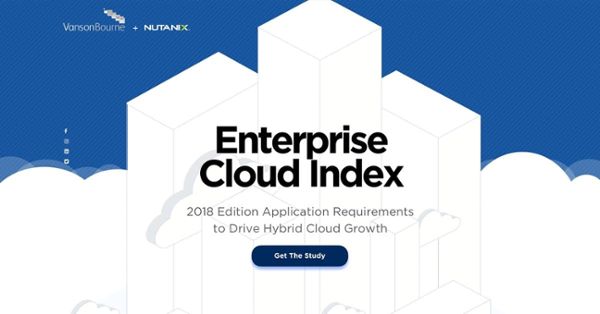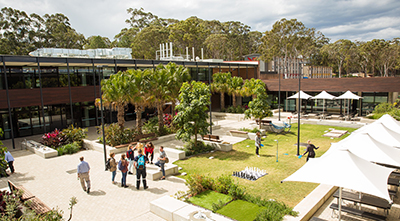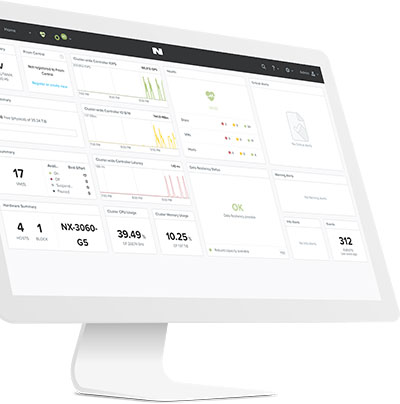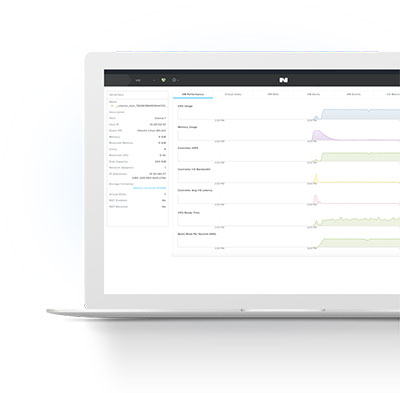Reckon and IPA partner on ‘cloud’ accounting
AUSTRALIAN accounting software provider Reckon has joined forces with the Institute of Public Accountants (IPA), to launch a member first cloud accounting solution.
The partnership is aiming to accelerate businesses’ migration to the cloud and, in particular, boost small to medium sized enterprises (SME) productivity, according to IPA chief executive officer Andrew Conway.
Mr Conway said the first-of-its-kind industry partnership would empower to deliver a greater customer experience by leveraging the cloud to bolster productivity and fuel growth. 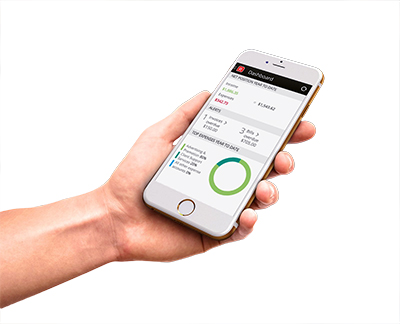
Launched as a result of in-depth feedback from IPA members, the strategic move will see the introduction of IPA Books+, a white labelled version of Reckon’s flagship cloud accounting solution Reckon One. Mr Conway said more than 35,000 members of IPA – who are mostly either servicing SMEs or small businesses in their own right – will now have access to simple and affordable online accounting software to make running their business easier.
“Moving to the cloud is a key focus for many of our members and their clients over the coming year, as they look to tackle the next phase of business growth,” Mr Conway said.
“The partnership with Reckon is an exciting one. It will enable a myriad of benefits including remote working and the ability to access real-time business-critical data such as cash flow at anytime, anywhere.
“As recent reports from the Australian Small Business and Family Enterprise Ombudsman has revealed, a staggering 45 percent of small businesses are yet to adopt online accounting solutions. With the advent of Single Touch Payroll, the time has come for IPA Books+, a single, reliable, comprehensive solution,” Mr Conway said.
Reckon CEO Sam Allert said the he cloud accounting partnership was “an exciting industry first, as we align our business’ strategic priorities and continue to better support SMEs across Australia”.
“By taking the powerful technology of ReckonOne and partnering with a leading member focused organisation, we are delivering a unique solution that goes beyond technology to include training, development, events and support,” Mr Allert said.
“The transition to the cloud will enable IPA members to automate a great deal of administrative work. This frees them up to focus on higher value tasks such as advisory services, which will no doubt open new revenue streams and growth opportunities.”
Mr Allert said, as with all Reckon products, IPA Books+ was also enabled for the Australian Taxation Office’s Single Touch Payroll reporting requirement.
Mr Allert said with more than 600,000 small businesses with 19 or less employees looking to get compliant by July 1, 2019, this presented “a massive opportunity for both organisations”.
ends

 How to resolve AdBlock issue?
How to resolve AdBlock issue? 